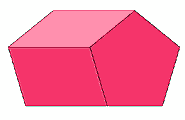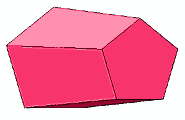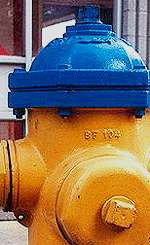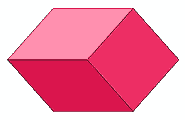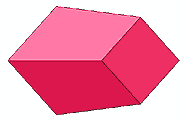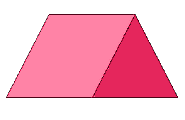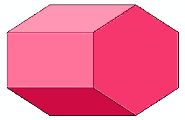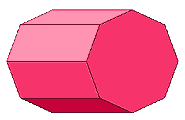|
| |||
"What Shape Is the Nut on a Fire Hydrant, and Why?" | |||
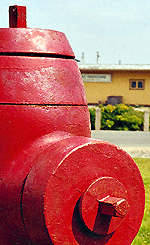
|
In the United States, the most common shape is that of a pentagonal prism, as shown in the drawing on the right. The faces that define this polyhedron are pentagons. The 5 sided characteristic of the nut was chosen to offer a measure of tamper resistance. Hydrants can be dangerous, and only firefighters and other authorized persons should open a fire hydrant. | pentagonal prism | |
